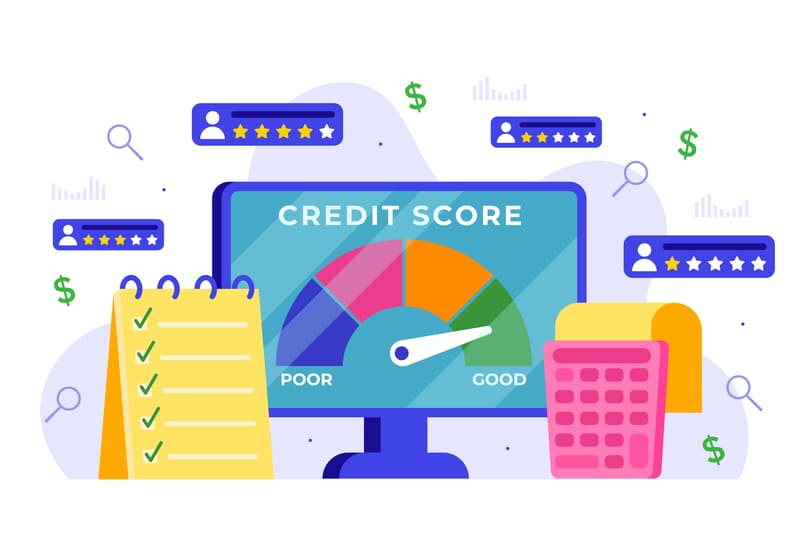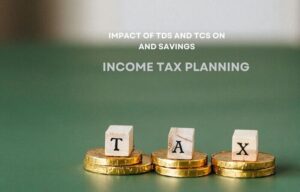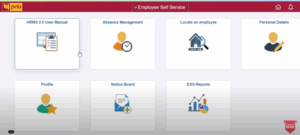What Is a Digital Credit Scoring System, and How Does It Work?

For many years, traditional credit scoring systems like FICO have assessed individuals’ creditworthiness based on a set of financial data. These models rely on credit history, taking into account factors such as timely loan repayment, credit card utilization, and the length of credit accounts. While this approach is well-established and widely used, it overlooks millions of people without an official credit history, making it significantly harder for them to access financial services.
This is where digital credit scoring comes in — a breakthrough in the world of finance. Solutions like the RiskSeal Digital Credit Scoring System offer a more inclusive and accurate way to evaluate credit risk.
What is a Digital Credit Scoring System?
Digital credit scoring incorporates alternative data to provide a comprehensive assessment of an individual’s financial reliability. Unlike conventional approaches that focus primarily on past credit history and bank accounts, modern digital models leverage advanced technologies such as artificial intelligence, machine learning, and big data analytics.
This approach enables accurate credit evaluations by considering a broader context of financial behavior. As a result, digital scoring is faster, more reliable, and more accessible, unlocking financial opportunities for a much wider segment of the population.
Types of Data Used in Digital Credit Scoring
Digital credit scoring systems use a variety of information sources to form a comprehensive view of an individual’s financial habits and lifestyle. These data are typically classified into three main categories:
1. Financial Data
This includes conventional financial indicators, such as:
- Banking transactions – reflect how an individual manages their funds and handles everyday expenses.
- Salary deposits – indicate income regularity and financial stability.
- Payment history (credit cards, loans) – shows responsibility in meeting debt obligations.
- Savings strategies – demonstrate the ability to plan finances and build financial reserves.
These indicators remain essential, as they directly reflect the level of financial responsibility and income stability.
2. Alternative Data
These are non-traditional data sources that can still demonstrate financial reliability:
- Utility bill payments (electricity, water, internet) – on-time payments indicate a responsible approach to recurring financial obligations.
- Mobile expenses and bill payments – consistent payments for services suggest strong financial discipline.
- Rental payment history – regular and timely rent payments can serve as an alternative indicator of creditworthiness.
These factors are especially important for individuals who have no prior experience with credit cards or loans but consistently meet their financial responsibilities.
3. Behavioral and Digital Footprint Data
Modern systems also analyze behavioral patterns and online activity, including:
- Social media activity may indicate lifestyle stability, employment status, and social connections.
- Mobile app usage reflects consumer habits, financial behavior, and personal preferences.
- Online shopping and e-commerce show spending frequency, types of purchased goods, and consumption style.
- Browsing history (with user consent) helps identify interests and potential financial risks through online behavior.
While this type of data is more sensitive, it enables the creation of more accurate predictive models that analyze real-time behavior and improve credit risk assessment.
How Digital Credit Scoring System Works
- Data collection and aggregation
Digital lenders and credit assessment platforms, with the consumer’s consent, obtain information from various sources: banking APIs, telecom operators, utility providers, mobile devices, and the user’s digital footprint.
- Use of AI, machine learning, and big data analytics
The collected large volumes of data are analyzed using artificial intelligence and machine learning algorithms. These technologies identify patterns that indicate creditworthiness, such as financial stability, timely payments, or activity in mobile applications.
- Scoring Models
After processing, the data is passed to scoring models that integrate various indicators into a single credit rating and provide a comprehensive assessment.
- Real-time credit scoring and decision-making
Unlike traditional checks that can take days, weeks, or even months, digital scoring systems make decisions in just a few seconds. This is especially important for micro-lending, fintech applications, and emerging markets, where speed and convenience play a key role.
Conclusion
Digital credit scoring systems have become a breakthrough in the field of financial technology.
By expanding the sources of data used to assess creditworthiness, they make it possible to evaluate individuals who were previously overlooked by traditional methods—particularly those without a credit history, low-income individuals, or people from underdeveloped countries.
In this way, these systems not only transform the approach to credit analysis but also promote financial inclusion by opening access to new opportunities.

Pranab Bhandari is an Editor of the Financial Blog “Financebuzz”. Apart from writing informative financial articles for his blog, he is a regular contributor to many national and international publications namely Tweak Your Biz, Growth Rocks ETC.








